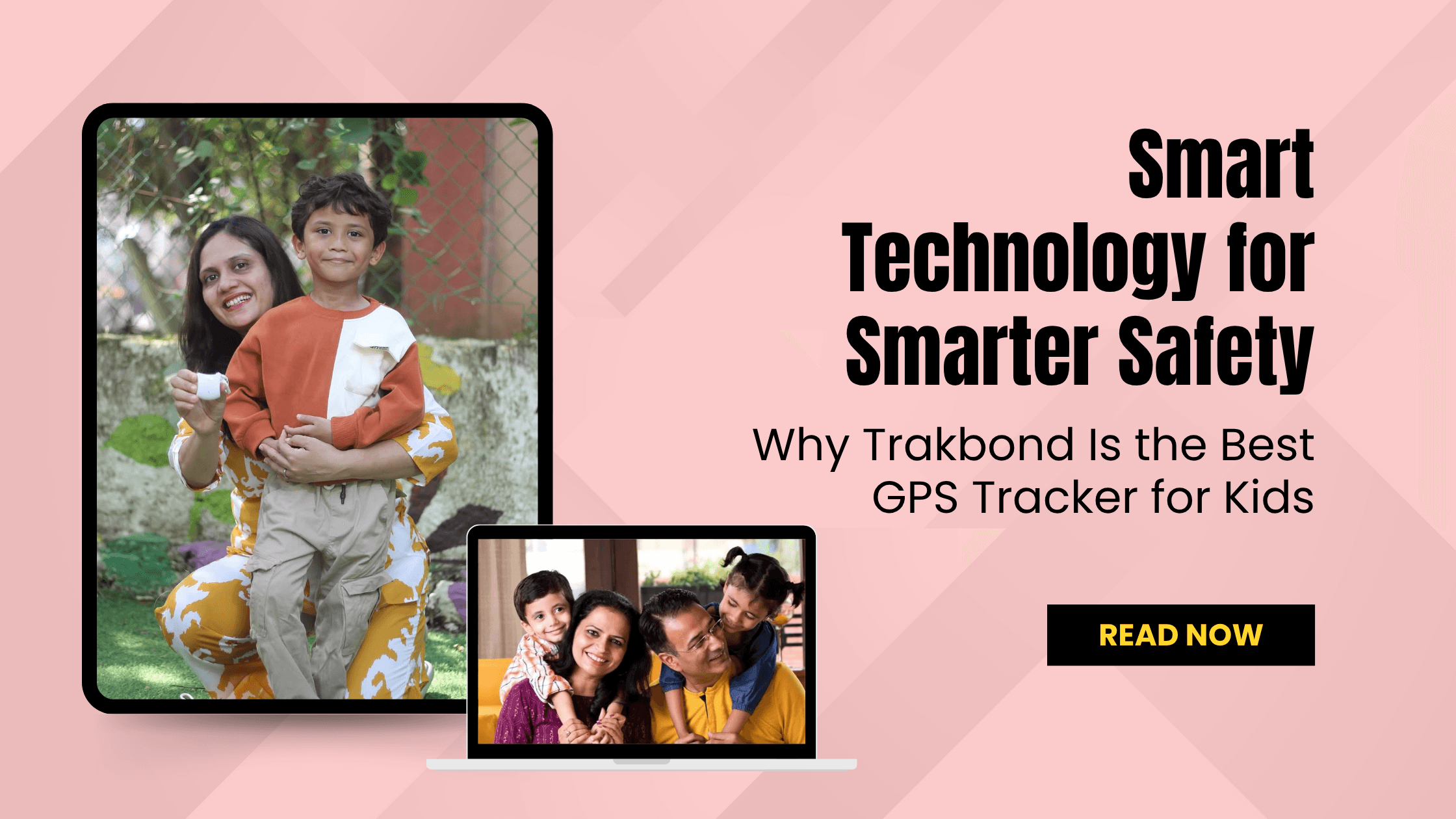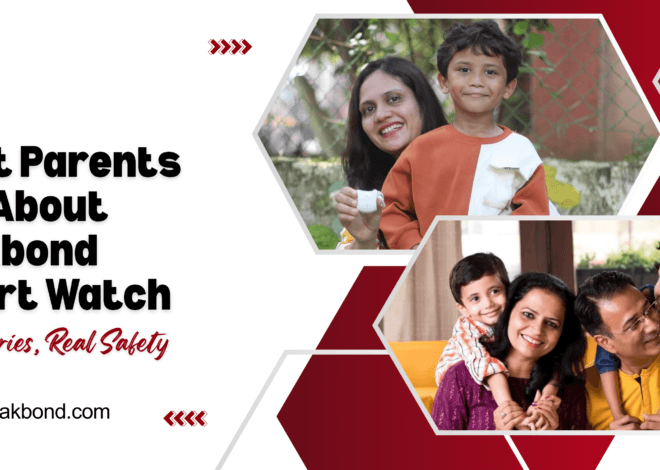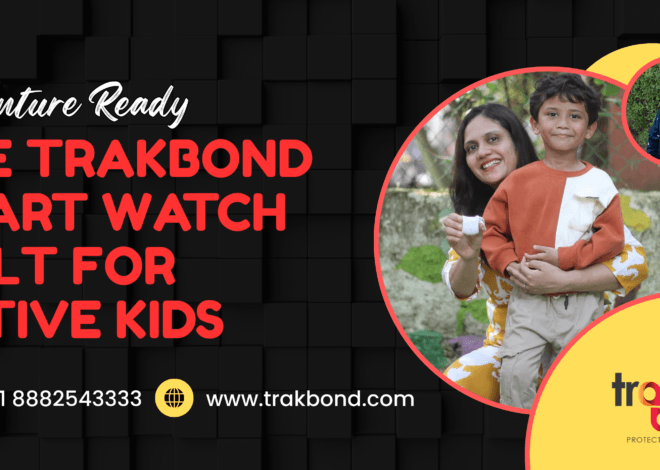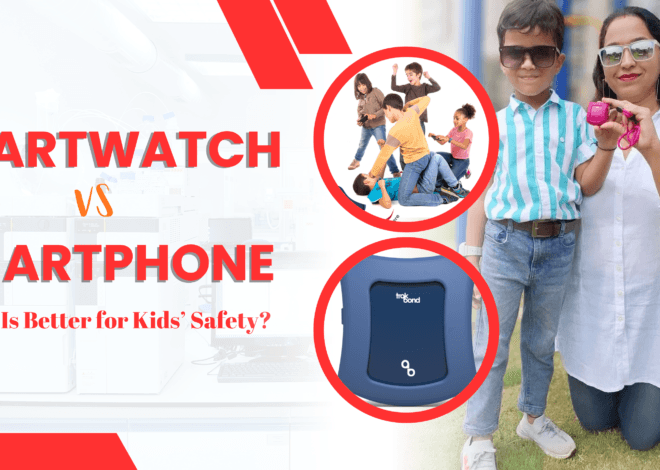
Smart Technology for Smarter Safety: Why Trakbond Is the Best GPS Tracker for Kids
In today’s fast-moving world, parents understandably want both safety and freedom for their children. A GPS tracking device like the Trakbond Real-Time Kids GPS Tracker offers a balance — enabling kids to explore, go to school, attend activities, while giving parents peace of mind.
Why a Kids GPS Tracker Matters
- Real-time location updates mean you can know where your child is — helpful during school commutes, activities, or in crowded places.
- Features such as geofencing (safe zones) and SOS buttons turn this into more than just a map-pin device.
- It supports independence: children feel empowered, parents feel reassured.
What to Look For in a Good Tracker
Based on industry guidelines:
- Portable and child-friendly: lightweight, wearable, comfortable.
- Real-time tracking plus reliable connectivity (GPS, LTE, maybe WiFi).
- Safe zone alerts (geofencing) and SOS/panic button.
- Long battery life, durability, perhaps water resistance.
- Respect for child’s privacy and trust building, not just surveillance.
How the Trakbond Tracker Delivers
The Trakbond Real‐Time Kids GPS Tracker offers:
- Live location tracking so you can check where your child is at any time.
- SOS/emergency alert function so child can call for help.
- Geofencing support: set “safe zones” (home, school) and receive notifications if these are crossed.
- Compact size and child-friendly design, so it fits easily on a wrist, in a backpack, or clipped to something.
- A dedicated app for parents to monitor and manage settings.
Tips for Parents Getting Started
- Introduce the device to your child: explain what it does and why (“so we both feel safe”).
- Choose where child will wear or carry it: wrist strap, backpack clip, belt pouch.
- Test it out in safe scenarios: e.g., walk home together, check how alerts work.
- Set appropriate boundaries and safe zones; clarify when you will check location and why.
- Balance safety monitoring with trust: use it as a supportive tool, not a surveillance tool.
Potential Considerations & Limitations
- Battery life: frequent tracking may drain battery quicker.
- Connectivity: in areas with poor signal or indoors, GPS may be less accurate.
- Privacy/independence: as children grow older, you may need to shift from strict tracking to more dialogue and trust.
Conclusion
A device like the Trakbond Real-Time Kids GPS Tracker is more than a gadget — it’s a safety companion. Used thoughtfully, it helps children enjoy freedom and activities, and helps parents stay connected, reassure themselves and their children. With the right setup and mindset, it supports both safety and independence.
❓ FAQ – GPS Tracker for Kids (using Trakbond)
Q1. What exactly is the Trakbond Real-Time Kids GPS Tracker?
It’s a compact GPS-enabled device designed for children that allows parents/guardians to monitor the child’s location in real-time, receive alerts (e.g., when a safe zone is left), and in some models, use an SOS button for emergencies.
Q2. How does the tracking work? Do I need WiFi or a phone for the child?
The tracker uses satellite GPS signals combined with cellular connectivity (or other connectivity depending on model) to transmit location data to your phone/app. The child doesn’t need to carry a smartphone — the tracker itself communicates. Standard setup may require a parent app and possibly a subscription or SIM depending on model.
Q3. What features should I look for to ensure it’s effective?
Key features:
1)Real-time location updates (frequently)
2)Geofencing / safe zone alerts
3)SOS/emergency button for the child
4)Good battery life
5)Comfortable, secure design suitable for children
6)Reliable app and connectivity
Q4. How do safe zones (geofencing) work?
You define virtual boundaries (home, school, tuition centre). When the tracker enters or exits a zone, you get an automatic alert on your parent app. This helps you know if a child arrives/leaves expected areas.
Q5. What age is appropriate for a GPS tracker for kids?
There’s no fixed age — but typically young school-age children who commute, attend activities on their own, or spend time in public or crowds are ideal candidates. As kids mature and gain more independence, the approach may shift more toward dialogue and trust.
Q6. Will the tracker affect my child’s day-to-day or make them feel over-monitored?
It depends on how you introduce it. It’s best positioned as a safety aid rather than a surveillance tool. Talk with your child, explain why you’re using it (for safety and independence), and incorporate it into their routine smoothly so it’s supportive, not oppressive.
Q7. What are the limitations of a GPS tracker?
1)Battery life may limit continuous tracking.
2)GPS signal may drop in dense buildings, underground or in remote areas.
3)Device only tracks location — it cannot replace supervision, education about safety, or trust.
4)Privacy concerns: children should be aware of usage and boundaries.
Q8. How secure is the data / is the tracker safe from misuse?
Ensure you buy from reputable brands (like Trakbond) that use encryption, secure apps, and strong data protection. Always set strong passwords, keep firmware/app updated, and monitor access permissions.
Q9. How to choose the right tracker for my child?
Based on guidance:
1)Choose size and wearability suitable for the child.
2)Ensure connectivity (GPS + cellular) for your child’s typical areas.
3)Look for SOS and geofencing features.
4)Check battery life, durability, child-friendly design.
5)Review subscription costs and app usability.
6)Consider your child’s age, lifestyle, independence level.
Q10. Do I really need one?
If your child goes out independently (commute, activity classes, neighbourhood), or you often worry about their whereabouts in crowds or busy areas, a GPS tracker can be very helpful. If you have younger children or are always present, the need may be lower. It’s a tool for peace of mind, not a substitute for supervision and open communication.



